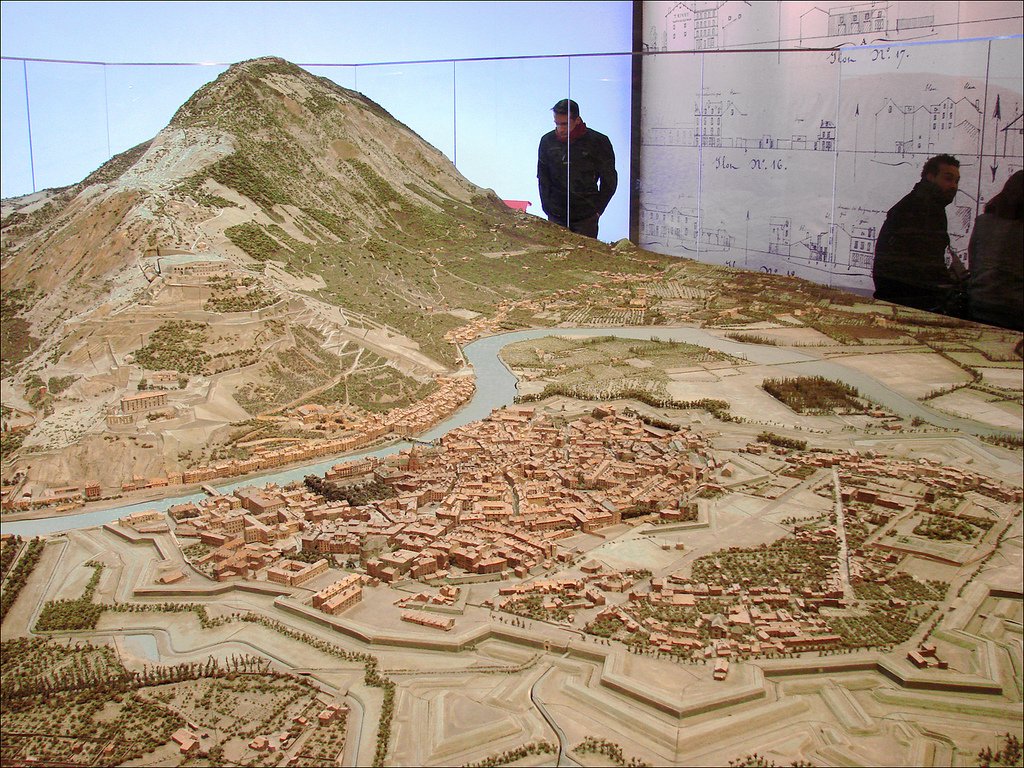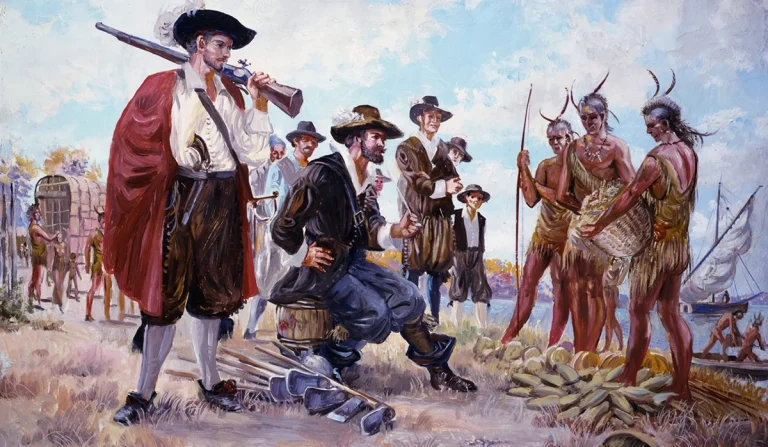We're not grateful enough to donkeys for their contributions to human civilization!
They were crucial for many ancient cultures, enabled trade, helped in agriculture and carried the burdens of empires.
Without them, we wouldn't be where we are today!
A thread on donkeys. 🧵


They were crucial for many ancient cultures, enabled trade, helped in agriculture and carried the burdens of empires.
Without them, we wouldn't be where we are today!
A thread on donkeys. 🧵



Recent studies have shown that donkeys were domesticated around 7,000 years ago somewhere in northeastern Africa.
They soon became of utmost importance for early civilizations in Egypt, Mesopotamia, ancient Greece and ancient Rome.
They've been helping humans for a long time.
They soon became of utmost importance for early civilizations in Egypt, Mesopotamia, ancient Greece and ancient Rome.
They've been helping humans for a long time.

Donkeys can carry people and are probably the first animal humans ever rode!
Donkeys were the most important load carriers in ancient Egypt and played a crucial role in agriculture, transportation and trade.
A case can be made that they were the actual "human's best friend".
Donkeys were the most important load carriers in ancient Egypt and played a crucial role in agriculture, transportation and trade.
A case can be made that they were the actual "human's best friend".

Along with their hybrid offspring, the mule, donkeys formed a core technology for moving goods in premodern civilizations and still do in some places of the world.
They are especially useful in rugged or mountainous terrain and are more adaptable than horses.
They are especially useful in rugged or mountainous terrain and are more adaptable than horses.

Compared to horses, donkeys are better adapted to climate changes, withstand heat better, can go longer without water and are more resistant to many diseases.
They also need less food and can carry more relative to their size.
They also need less food and can carry more relative to their size.

It is said that the civilizations of the Ancient Near East arose and throve on the backs of their donkeys!
Donkeys were also used for warfare.
Even after introduction of horses and camels in those places, donkeys were still important and especially widespread among the poor.



Donkeys were also used for warfare.
Even after introduction of horses and camels in those places, donkeys were still important and especially widespread among the poor.




Donkeys were also incredibly important for economy in the classical world of the Greeks and Romans!
They were the ubiquitous beast of burden and were very useful due to their great physical strength and endurance while requiring little care or food.
They were the ubiquitous beast of burden and were very useful due to their great physical strength and endurance while requiring little care or food.

In the Ancient World, donkeys carried crops and produce, hauled rock and timber, carried provisions and merchandise, transported food and equipment for the army and turned the heavy millstones to produce flour. 

Mules were essential for Roman military logistics and large-scale building constructions.
The Romans valued them for their strength, endurance and sure-footedness in mountainous terrain. They brought them over the Alps to Central Europe.
The Romans valued them for their strength, endurance and sure-footedness in mountainous terrain. They brought them over the Alps to Central Europe.

Cobbled mule tracks from medieval Europe are a testament how important these animals were for carrying goods on these dangerous paths.
Donkeys and mules were ideal animals to carry people and loads across the mountainous terrain like the Alps.
Donkeys and mules were ideal animals to carry people and loads across the mountainous terrain like the Alps.

Donkeys were also very important for Spanish Empire.
They were first sent to the Americas as early as 1495.
Donkeys and their mule offspring became essential for transport of precious metals from the New World and were vital for the economy of this first global empire.
They were first sent to the Americas as early as 1495.
Donkeys and their mule offspring became essential for transport of precious metals from the New World and were vital for the economy of this first global empire.

These are just some examples of how useful donkeys were for people and development of human civilizations.
But despite this, donkeys are not given credit for their hard work.
A terrible injustice has happened to them!
But despite this, donkeys are not given credit for their hard work.
A terrible injustice has happened to them!

Not only are donkeys and their role in history given much less attention than horses or even dogs, they have also been associated with a wide array of negative stereotypes and are still seen as dumb and foolish.
Association with donkeys were often used to ridicule people!
Association with donkeys were often used to ridicule people!

This is how this subject caught my attention after I recently learned that medieval Italians used to catapult them into enemy cities as a way to taunt their rivals.
I became curious about the symbolism of donkey in middle ages and Western culture.
I became curious about the symbolism of donkey in middle ages and Western culture.
https://twitter.com/LandsknechtPike/status/1622553345222234113
I also learned that these stereotypes are not true at all.
Donkeys are in fact very intelligent animals and are smarter than horses!
They can be stubborn but that is because they're so smart they don't want to do things that don't make sense to them.
Donkeys are in fact very intelligent animals and are smarter than horses!
They can be stubborn but that is because they're so smart they don't want to do things that don't make sense to them.
https://twitter.com/LandsknechtPike/status/1623103044610129921
But despite all of this, donkeys were portrayed negatively or neglected in art in many cultures.
The Egyptians rarely depicted them in art and associated them with Seth, god of chaos, possibly due to their origins in wilderness beyond the Nile.
The Egyptians rarely depicted them in art and associated them with Seth, god of chaos, possibly due to their origins in wilderness beyond the Nile.

Ancient Greeks didn't give donkeys much attention in literature and when they did, they portrayed donkeys as inferior, obstinate, promiscuous and appropriate targets for physical chastisement.
They were negatively contrasted to horses who were seen very favorably.
They were negatively contrasted to horses who were seen very favorably.

For the ancient Greeks, this attitude came from elitism.
The horses represented freedom, power and beauty while donkeys were associated with lower classes and were depicted as servile and lazy, selfish and stupid.
The horses represented freedom, power and beauty while donkeys were associated with lower classes and were depicted as servile and lazy, selfish and stupid.

The Romans had similar attitudes to donkeys, portrayed in fable The Golden Ass from 160AD where a young boy tries magic and is accidentally transformed into a donkey, not a free wise owl as he wished. He suffers humiliations as donkey before finally transformed into human again. 

Such stereotypes would persist in middle ages as well, however things would become more complex and contradictory with Christianity.
Because Jesus rode on a donkey, donkeys were often given religious attributes and were associated with humility, patience and faithfulness.
Because Jesus rode on a donkey, donkeys were often given religious attributes and were associated with humility, patience and faithfulness.

The symbolism was that the donkey willingly submitted to Christ's authority, just as good Christians submit to God.
So there were positive interpretations of donkeys also.
But donkeys could also be interpreted as symbolizing heretics or in anti-Semitic portrayals of Jews.
So there were positive interpretations of donkeys also.
But donkeys could also be interpreted as symbolizing heretics or in anti-Semitic portrayals of Jews.

12th century Anglo-Norman poet Philip de Thaun compared the Jews to donkeys due to their perceived foolish and stubborn behavior for rejecting Christ.
In the same way, donkeys were used to represent heretics who were seen as stubborn for not following the Catholic doctrine.
In the same way, donkeys were used to represent heretics who were seen as stubborn for not following the Catholic doctrine.

Donkeys also became associated with immoral sexuality and were seen as lustful and carnal. This stereotype can be seen in classical antiquity as well.
Some medievals saw mules as a result of unnatural and problematic union as they were a hybrid between donkey and a horse.
Some medievals saw mules as a result of unnatural and problematic union as they were a hybrid between donkey and a horse.

There were simply a lot of contradictory stereotypes that arose from these religious explanations, as well as the old stereotypes similar to the classical world.
The overall association with donkeys remained negative and it was used to mock political rivals.
The overall association with donkeys remained negative and it was used to mock political rivals.

The old stereotypes similar to those from classical antiquity persisted despite certain different religious interpretations.
Donkeys were seen as foolish, stupid and asinine (from Latin word for donkey, asinus), and they were used as an insult for opponents.
Donkeys were seen as foolish, stupid and asinine (from Latin word for donkey, asinus), and they were used as an insult for opponents.

Just like with the ancient Greeks, this attitude was mostly tied to elitism and in this way it becomes more understandable.
As the elites favored horses, donkeys were inevitable associated with lower classes, and were seen as a lowly, less prestigious animal in comparison.
As the elites favored horses, donkeys were inevitable associated with lower classes, and were seen as a lowly, less prestigious animal in comparison.

There has never been a proper "rehabilitation" of the donkeys.
Their role in human civilization has not been examined as thoroughly as that of horses and they're still largely ignored.
Their role in human civilization has not been examined as thoroughly as that of horses and they're still largely ignored.

I noticed this on Twitter as well as I've tried to find an emoji for donkey but couldn't find it. There's a lot of animal emojis, but apparently no donkey.
But if donkeys never existed, there would probably be no Twitter today. The rate of progress would simply be slower.
But if donkeys never existed, there would probably be no Twitter today. The rate of progress would simply be slower.

Basically without donkeys, civilizations of Egypt, Mesopotamia, Classical Greece and Rome would be greatly crippled and considering the role these played in history, everything would look very different today.
Donkeys were incredibly important for human progress!
Donkeys were incredibly important for human progress!

Sources:
The Donkey in Human History by Peter Mitchell (2018) and Introducing the Medieval Ass by Kathryn Smithies (2020).
These are two great books on donkeys and their relations to humans through history that came out very recently!

The Donkey in Human History by Peter Mitchell (2018) and Introducing the Medieval Ass by Kathryn Smithies (2020).
These are two great books on donkeys and their relations to humans through history that came out very recently!


Another source I used is,
The Mirror Has Two Faces: Contradictory Reflections of Donkeys in Western Literature from Lucius to Balthazar by Jill Bough.
It is available online.
ncbi.nlm.nih.gov/pmc/articles/P…
The Mirror Has Two Faces: Contradictory Reflections of Donkeys in Western Literature from Lucius to Balthazar by Jill Bough.
It is available online.
ncbi.nlm.nih.gov/pmc/articles/P…
• • •
Missing some Tweet in this thread? You can try to
force a refresh











































